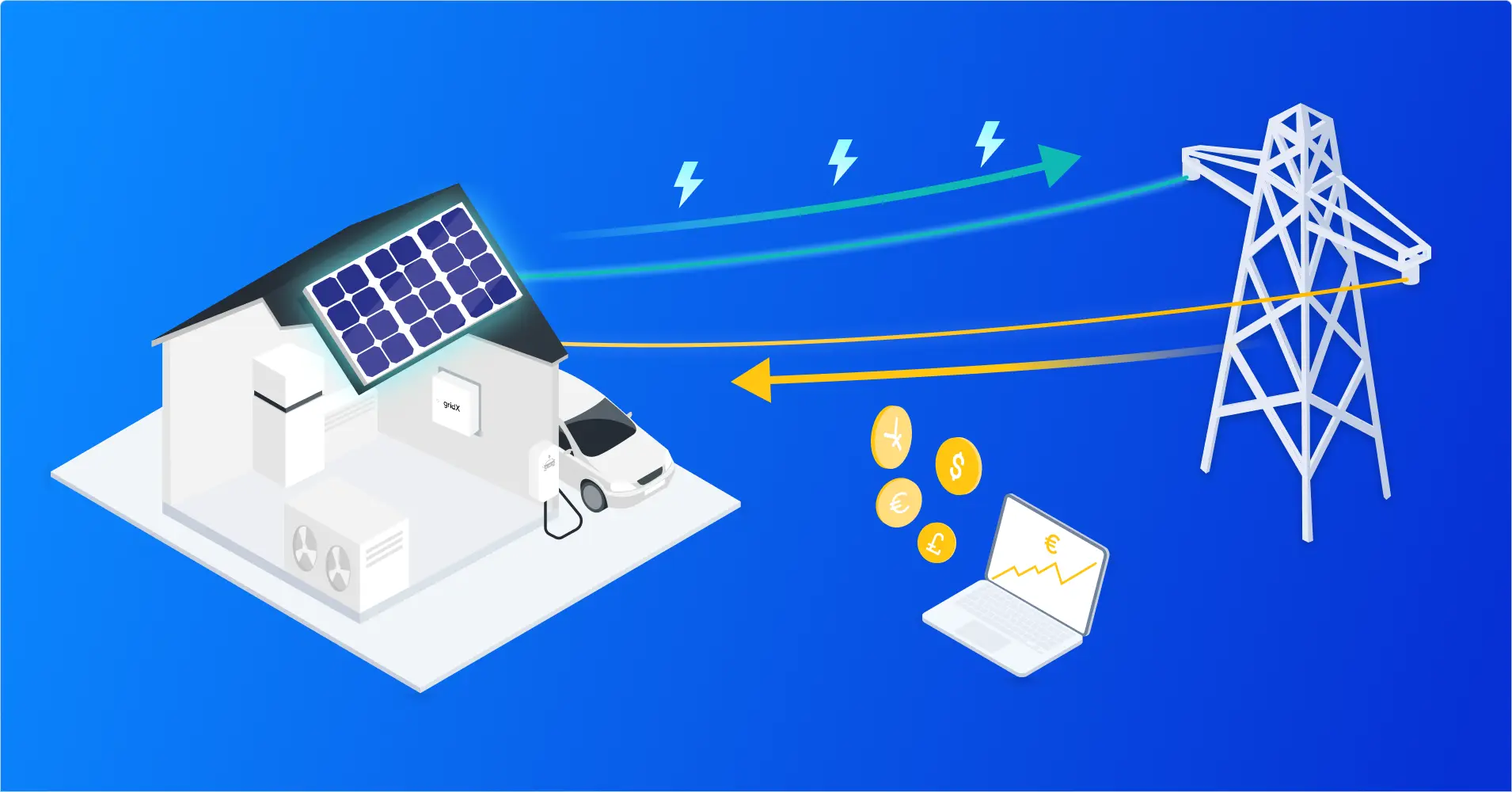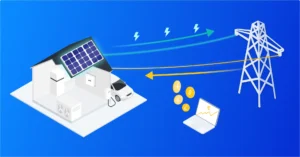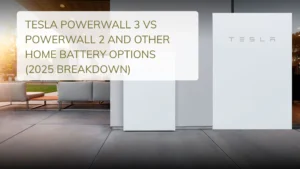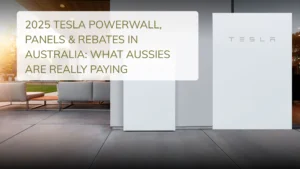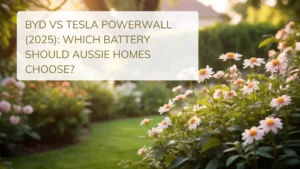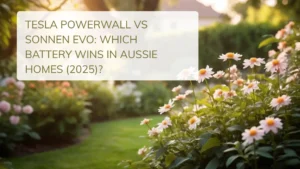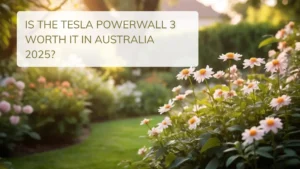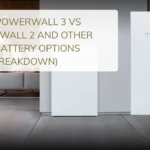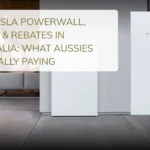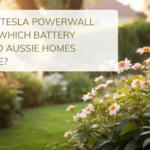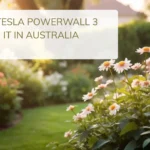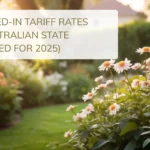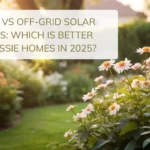Best Solar Feed-in Tariff in NSW (2025): What You Need to Know
So, you’ve got solar panels in NSW — or you’re thinking about getting them — and now you’re wondering: who offers the best solar feed-in tariff in NSW right now? You’re not alone. With keywords like “highest solar feed in tariff NSW”, “best solar feed-in tariff NSW”, and “best feed in tariff NSW” trending, it’s clear Aussies want to make the most out of every kilowatt they export.
We dug into actual customer bills, spoke with folks across Sydney, Wollongong, and Newcastle, and reviewed the latest offers from major electricity retailers to bring you the full 2025 breakdown.
What Is a Feed-in Tariff (FiT)?
Put simply, a solar feed-in tariff is what your electricity retailer pays you for the excess solar energy you export back to the grid. It’s measured in cents per kilowatt-hour (c/kWh). The more you export, the more you earn.
But here’s the catch — not all tariffs are equal, and many come with sneaky trade-offs (like higher usage rates).
Top Feed-in Tariffs in NSW for 2025
Based on current plans as of July 2025, here’s a list of the best solar feed-in tariff rates available in NSW:
| Retailer | Feed-in Tariff (FiT) | System Size Limit | Key Conditions |
|---|---|---|---|
| Origin Energy | 12c/kWh | 10kW | Higher FiT comes with higher usage rates |
| Red Energy | 10.2c/kWh | 10kW | No lock-in contracts |
| Energy Locals | 9.5c/kWh | 5kW | 100% carbon neutral plans |
| AGL | 9.0c/kWh | 10kW | Only available on selected plans |
| Amber Electric | Dynamic, up to $1.20/kWh | 5–10kW | Depends on wholesale market |
Quick note: Many plans offer tiered FiTs — the first 5–10 kWh might earn the full rate, and anything beyond that drops to a lower value.
Real-Life Examples from NSW Homeowners
Meet Rachel, a nurse from Blacktown. She recently switched to Red Energy’s plan and saw her monthly credit jump from $12 to $38. “It wasn’t just the rate,” she says. “Red actually answers the phone when I call. That’s rare these days.”
Meanwhile, Josh in Wollongong is loving Amber Electric’s dynamic FiT. “During the February heatwave, I earned $84 in one day just from exporting!” But he’s quick to warn that Amber isn’t for everyone: “You need to be energy smart. It’s like playing the stock market sometimes.”
Fixed vs Dynamic FiTs: What’s the Deal?
Most traditional energy retailers offer a fixed FiT — e.g., 8c/kWh every time you export. That’s predictable but usually lower.
Dynamic FiTs (offered by Amber and others) tie your solar exports to the wholesale market. On quiet days, you might only earn 2c/kWh. On busy days? $1+/kWh is possible.
Key Factors When Choosing a FiT
- Usage Rates: Some plans offer high FiTs but sting you with expensive electricity costs.
- System Size: Plans often cap high FiTs to systems under 10kW.
- Solar Battery Ownership: If you have a Tesla Powerwall or similar, you can store solar and sell only during peak times.
- Contract Terms: Avoid long-term lock-ins unless the FiT is outstanding.
Do Solar Batteries Improve FiT Earnings?
Yes — but not directly. Having a solar battery like the Tesla Powerwall 3 lets you store daytime energy and export when the FiT is high (like evenings with Amber Electric). This can double your earnings — especially during peak summer days.
Plus, batteries can power your home during blackouts and save more on your bill by avoiding costly grid usage.
NSW Government & Feed-in Tariff Updates
While there’s no minimum mandated FiT in NSW anymore, the Independent Pricing and Regulatory Tribunal (IPART) sets benchmark guidance. For 2025, it suggests retailers offer between 5.5c and 9.5c per kWh — but you’re free to shop around for better.
Pro tip: Many solar installers will recommend specific energy plans. Don’t blindly accept. Cross-check using the Energy Made Easy website.
What We Recommend in 2025
- Best Fixed FiT Plan: Origin Energy (12c/kWh)
- Most Consistent Support: Red Energy
- Highest Potential Return: Amber Electric (dynamic pricing)
- Battery Friendly: Discover Energy + Tesla VPP (additional credits)
Final Words: Feed-in Tariffs Still Matter
If you’re installing or upgrading solar in NSW in 2025, the best feed-in tariff can put hundreds back in your pocket each year. Whether you’re a casual exporter with a 5kW system or a solar pro running a Tesla Powerwall and chasing peak grid rates, your FiT still plays a major role in your system’s ROI.
Tip from a solar nerd: Reassess your plan every 12 months. Tariffs change. Don’t set and forget.
